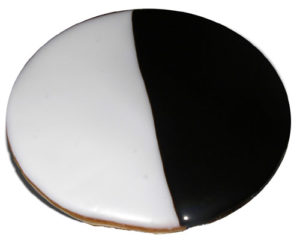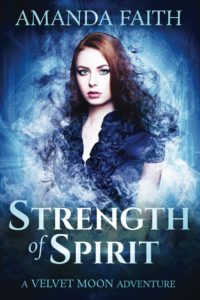At its root, art is designed to influence people’s emotions. It is especially poignant when the art leads the viewer/reader down a path of emotions they may not have trod before. I’m not saying that some people have never felt remorse or anger or pure bliss. No, it’s the combination of emotions that can strike in  unexpected and brilliant ways.
unexpected and brilliant ways.
In the Netflix series, Daredevil, the character of the Kingpin is, shall we say, a little disturbed. We get a glimpse into his past when he buys a painting that is all white. A few different shades, and some texture, but for all intents and purposes, it’s white. Later we find out that it reminds him of white wall in his childhood home. It brought him comfort in a dark and twisted way. Because what’s not light and fluffy about killing your dad for beating your mom when you’re ten?
I’ve thought a lot about this painting and the Kingpin and light and dark. A photographer will tell you that to have a good picture, you need both light and dark. It is the contrast that brings out the small details and uncovers the wonders that lay waiting to be captured in our world.
So how can this work? This white painting.
Look at it from your vantage point. You’re the reader/viewer of the story. You get to see the whole picture, and not just the white painting. With that scope, the Kingpin himself is inserted into the equation, and we easily find the contrast between light and dark. Innocent—the wall—and guilty—the man who will do anything to keep his father’s abusive memory at bay. Comfort—the white—and dissatisfaction—his feelings of ineptitude.
When you are creating art, in our case writing a story, remember to keep contrasts vivid. The light will shy from the dark, and the dark will run from the light. But in the end they will clash, and one will win. The story you want to tell will determine which is more powerful, and all too often, the characters must slosh through a swamp of grays before they find which is their destiny. Don’t be afraid to give your characters dark secrets, insurmountable conflicts and/or a point of view that might not be popular. But also, don’t be afraid to let them experience both light and dark before they become something new.


